When growing tomatoes, many people notice white fuzz growing on the roots and stems of tomato seedlings. What does this mean? Actually, it could be a normal situation or it could indicate that the tomato seedlings are sick. You’ll need to take a close look to figure it out.
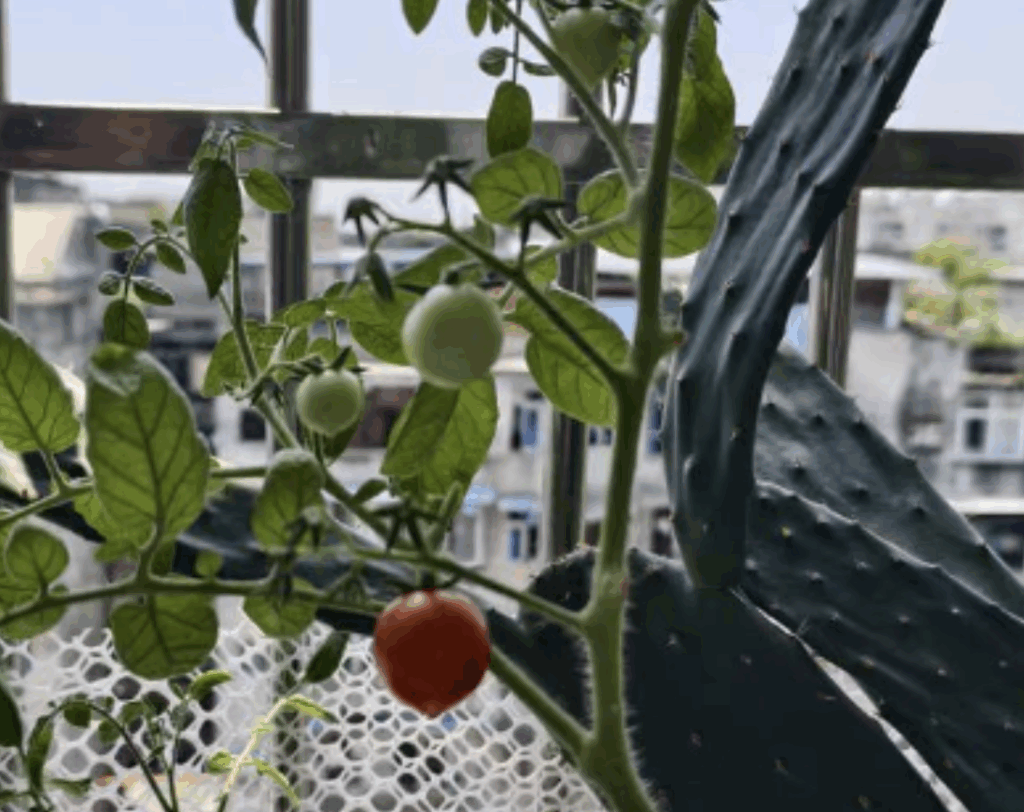
First, let's talk about the normal situation. Sometimes, this white fuzz is actually aerial root hairs. When tomato seedlings are growing in a humid environment, or if the roots have trouble breathing in the soil, aerial roots can develop. These newly formed aerial roots will have fine white fuzz on them, which is the early stage of root hair development. Although they may seem small, they play an important role! They help absorb water and nutrients from the air and stabilize the tomato seedlings in the soil.
The normal white fuzz feels soft to the touch and is evenly distributed on the roots and stems. As the aerial roots continue to grow, these white hairs will become more pronounced and thicker. At this point, the tomato seedlings will look healthy overall, with lush, green, shiny leaves, and no signs of yellowing or wilting. If this is the case, there’s no need to worry. Just make sure to keep the seedlings well-ventilated and avoid creating overly humid conditions, to prevent the fuzz from growing excessively.
However, there’s another situation that requires attention. The white fuzz could be an early sign of a fungal disease on the tomato seedlings. For example, damping-off disease. When tomato seedlings first get infected with this disease, the area near the base of the stem, close to the soil, will develop water-soaked spots, and soon after, white cotton-like growth will appear, which can look similar to the white fuzz. These cotton-like patches are loose and will eventually cause the seedling’s stem to thin out, causing the plant to fall over.
Root rot is another issue that could cause a white mold-like layer on the roots and stems, along with the gradual decay of the plant. The tomato seedlings will appear sluggish and weak. If the white fuzz is caused by disease, there will typically be other negative symptoms as well. For example, the leaves will turn yellow, curl, and the seedlings may stop growing. The stem may feel slimy or even begin to rot.
If this is the case, it’s important to act quickly. First, remove the infected seedlings to prevent the disease from spreading to healthy plants. Then, disinfect the soil where the tomatoes are planted, using fungicides like Metalaxyl or Fosetyl-Al, following the instructions on the label to dilute the chemical in water and water the soil. Additionally, improve the growing environment for the seedlings, increase ventilation, and avoid excessive moisture in the soil.
Aside from the issues mentioned above, poor environmental conditions can also lead to white fuzz on the roots and stems of tomato seedlings. For example, if the soil is too compact and doesn’t allow air to pass through, and if the seedlings are watered too much, the roots will struggle to get enough air, and the tomato seedlings may develop special fuzz on the roots to adapt to the unfavorable environment. If this happens, the key is to improve the growing conditions for the tomato seedlings. Loosen the soil using a small trowel or similar tool to increase aeration. Control the watering amount and avoid overwatering. Also, ensure the seedlings get plenty of sunlight. Generally, once the environment improves, the white fuzz will gradually decrease.
In summary, if you notice white fuzz on the roots and stems of your tomato seedlings, carefully observe the overall health of the plant, the appearance of the fuzz, and the surrounding environment. Once you figure out where the white fuzz is coming from, you can take the appropriate action, ensuring your tomato seedlings grow healthy and strong.

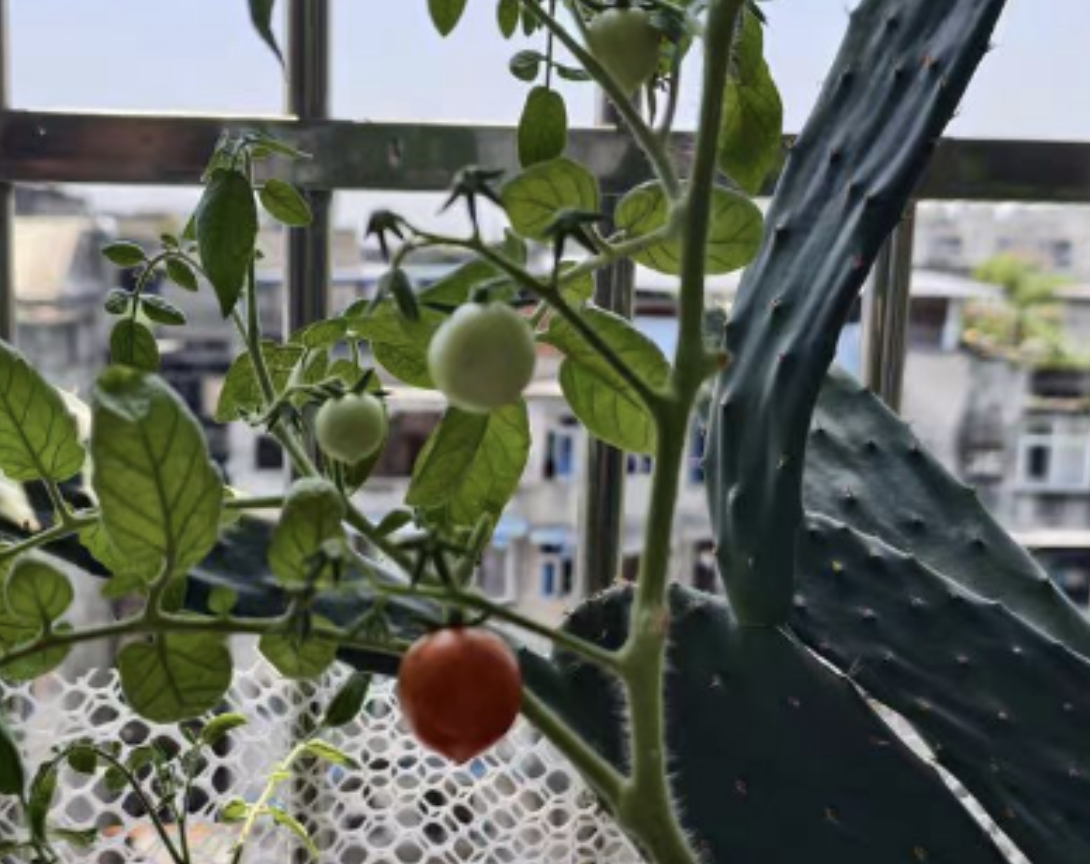
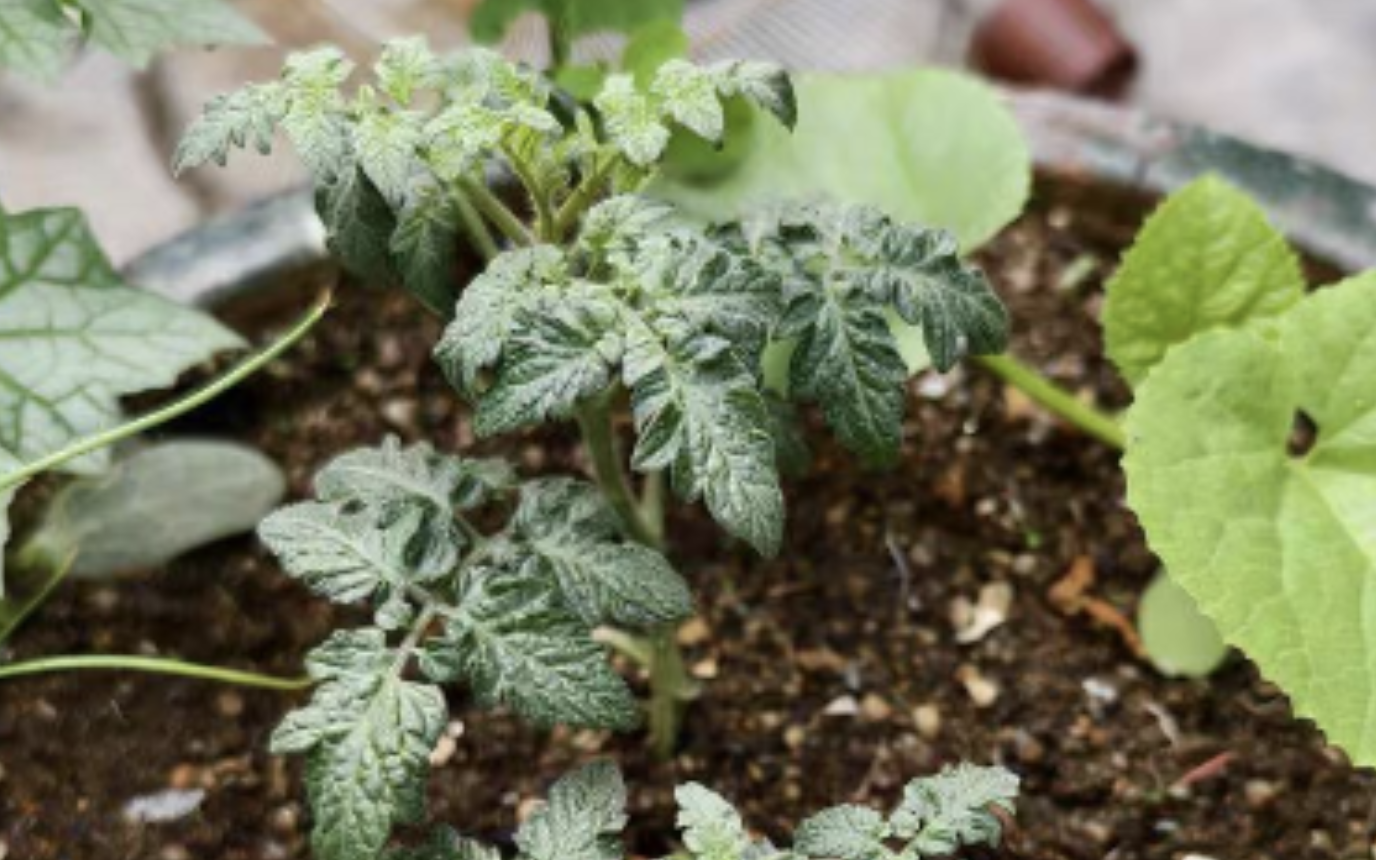
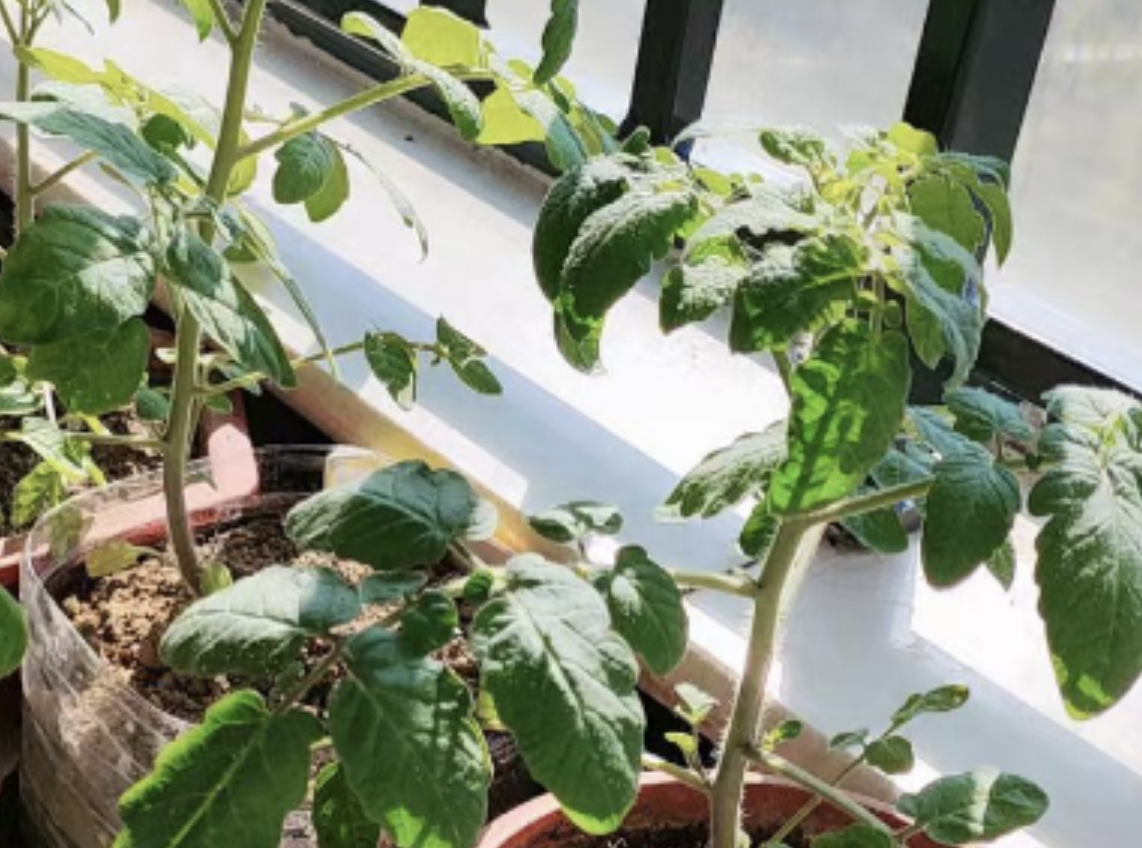
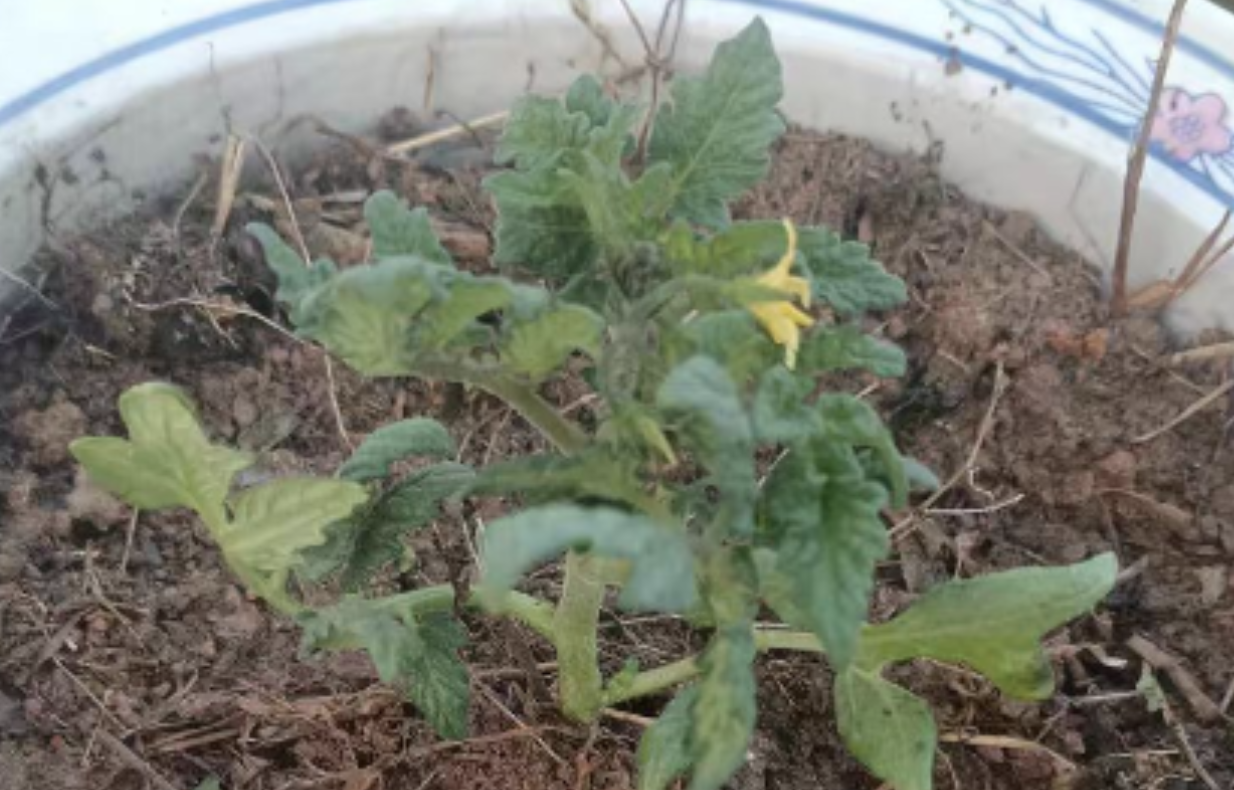
Leave a Reply